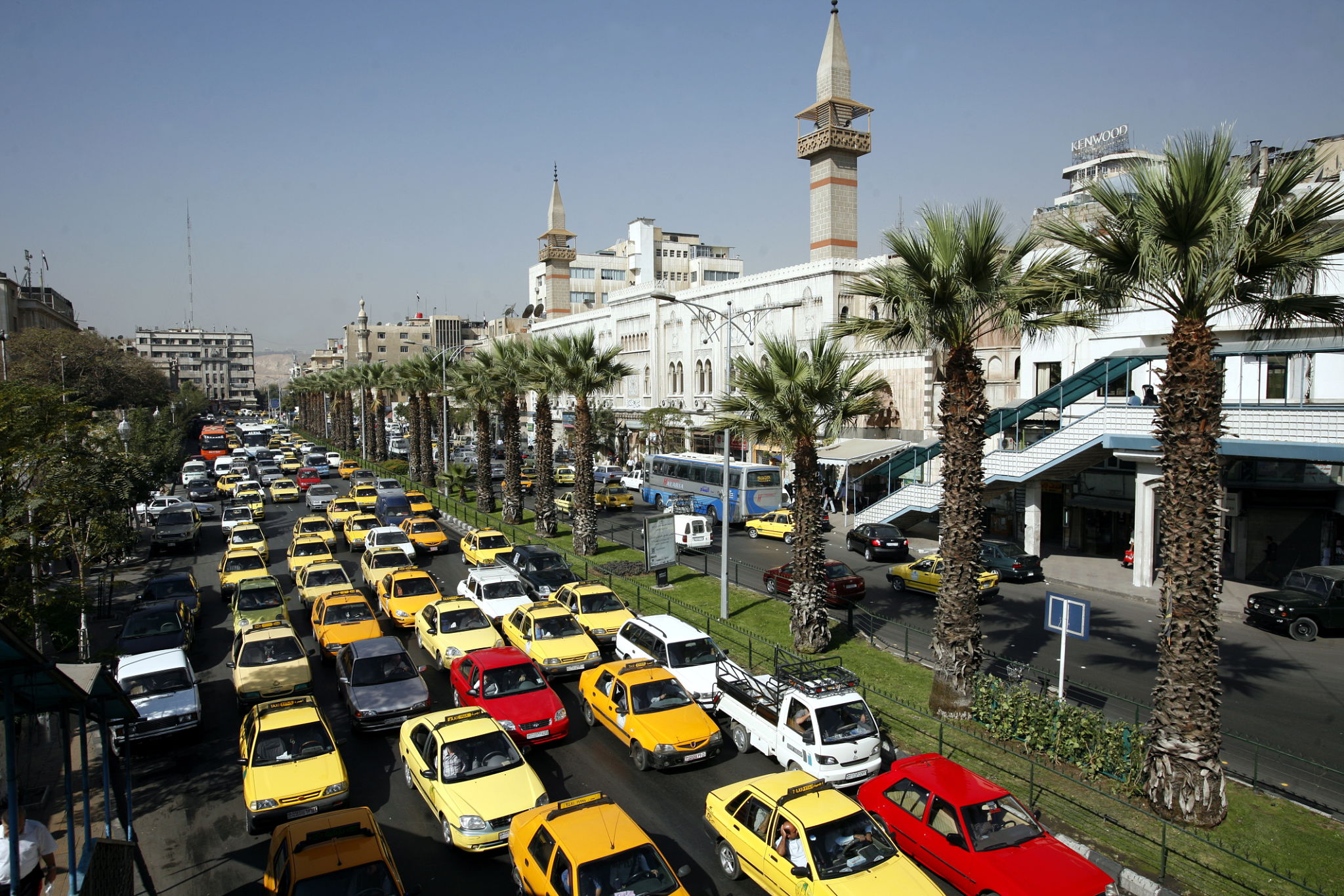Seasonal Traffic Trends in Damascus: Preparing for Peak Times
Understanding Seasonal Traffic Trends in Damascus
Damascus, a city rich in history and culture, experiences distinct seasonal traffic patterns. These patterns are influenced by a variety of factors including holidays, school schedules, and tourist influxes. Understanding these trends is crucial for businesses and residents alike to plan and adapt effectively.

Impact of Holidays on Traffic
Holidays in Damascus significantly impact traffic flow. During religious celebrations such as Ramadan and Eid, the city sees a notable shift in traffic patterns. Early mornings and late evenings become peak times as people attend prayers and family gatherings. Similarly, national holidays like Independence Day can lead to increased congestion, especially around popular public spaces and shopping districts.
School Schedules and Their Influence
The start and end of the school year play a pivotal role in traffic dynamics. In Damascus, the rush hour peaks coincide with school drop-off and pick-up times. Parents navigating school routes, coupled with buses and public transport, contribute to heavier traffic during these periods. Planning commutes around these times can help avoid delays.

Tourism Season: A Double-Edged Sword
Tourism is a vital part of Damascus's economy, bringing in visitors from around the world. However, the influx of tourists during peak seasons can lead to overcrowded roads and increased travel times. Popular tourist spots such as the Old City and the Umayyad Mosque often see a spike in foot and vehicle traffic, particularly in spring and autumn when the weather is most favorable.
Strategies for Managing Peak Traffic Times
To navigate the challenges of peak traffic times, consider implementing some strategic measures:
- Flexible Work Hours: Encourage employees to stagger their start and end times to reduce congestion during traditional rush hours.
- Public Transport Usage: Promoting the use of public transportation can alleviate some of the pressure on roadways.
- Real-Time Traffic Apps: Leverage technology to stay informed about current traffic conditions and plan routes accordingly.

Technology's Role in Traffic Management
The use of technology has become increasingly important in managing traffic in Damascus. GPS-based apps provide real-time updates and alternative routes, helping drivers avoid congested areas. Additionally, smart traffic lights and surveillance systems are being introduced to optimize traffic flow across the city.
Community Involvement and Awareness
Community involvement is key to addressing traffic issues. Local authorities can work with residents to promote awareness campaigns that encourage carpooling, cycling, or walking when possible. Educating the public about the environmental benefits of reduced traffic congestion can also foster a culture of cooperation and innovation.
By understanding and preparing for seasonal traffic trends, individuals and businesses in Damascus can significantly enhance their daily operations and quality of life.